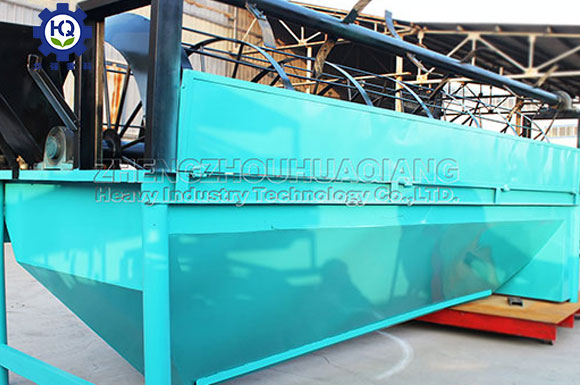
In fertilizer production, screening is a critical step to ensure uniform particle size and remove impurities. Different types of screener machines vary in processing capacity, suitable materials, and screening accuracy.
Processing capacity: 10–50 tons/hour (varies by model)
Suitable for: Granular organic fertilizer, compound fertilizer, blended fertilizer, etc.
Features: Screens material through drum rotation. Works well for medium to large-sized fertilizer particles. Relatively efficient but less effective for fine powders. Simple structure, easy maintenance, suited for continuous production.
Processing capacity: 5–30 tons/hour
Suitable for: Powdered organic fertilizer, compound fertilizer, urea, etc.
Features: Uses vibrating motors to drive the screen mesh. High screening accuracy, good for precise grading. Can handle multi-layer screening to separate different particle sizes at once. Louder noise; screen mesh wear needs regular checks.
3.Rotary Vibration Screener
Processing capacity: 1–10 tons/hour
Suitable for: High-value specialty fertilizers, coated fertilizers, etc.
Features: Uses three-dimensional oscillating motion for high-precision screening. Ideal for premium fertilizers. Can operate sealed, reducing dust pollution. Lower output; best for small-batch, fine screening needs.

How to choose the right screener machine?
1.High output requirement: Choose a Drum Screener.
2.Need for precise grading: Choose a Vibration Screener.
3.Fine powder screening: Prioritize a Rotary Vibration Screener.
Different fertilizer screener machines each have their strengths. Companies should choose based on their production scale, fertilizer type, and process requirements to ensure efficient production and product quality.